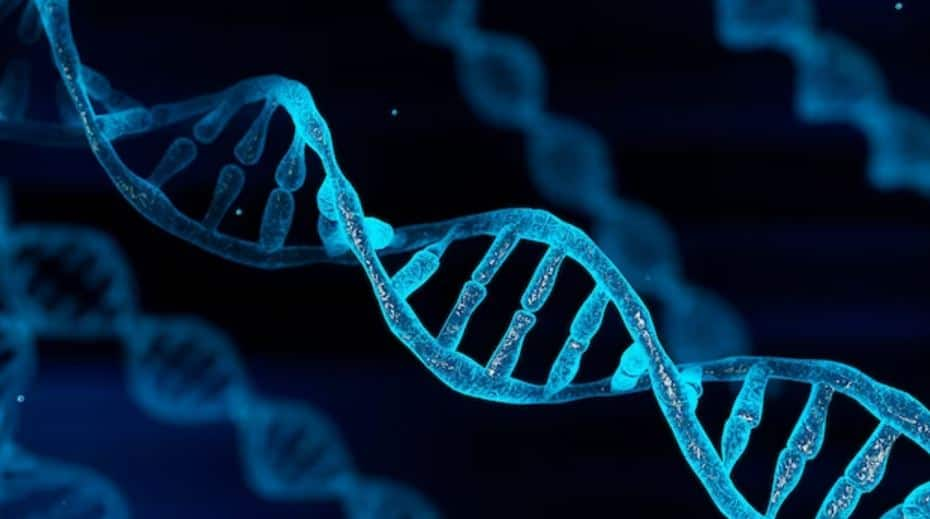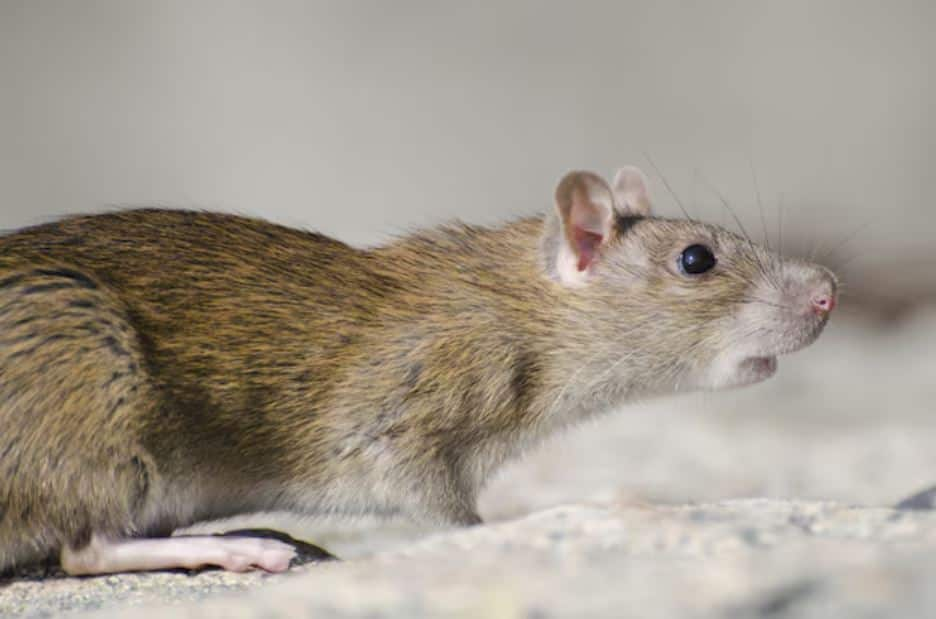The sex of human babies, and most mammals, is determined by a male-determining gene found on the Y chromosome. But there’s a twist in this tale of evolution: the human Y chromosome is slowly deteriorating and may vanish completely in a few million years. Without this critical gene, the future of human reproduction—and our survival—hangs in the balance, unless we evolve a new way to determine sex.
But don’t panic just yet. There’s hope, and it comes from an unlikely source: rodents. Two branches of these small mammals have already lost their Y chromosome—and yet they continue to thrive.
A recent study titled, ‘Turnover of mammal sex chromosomes in the Sry-deficient Amami spiny rat is due to male-specific upregulation of Sox9,’ published in Proceedings of the National Academy of Science (PNAS); offers a glimpse of how life might adapt to such a drastic change. The spiny rat, a curious creature, has evolved a brand-new male-determining gene, proving that life can find a way even when a key genetic component is lost.
How does the Y Chromosome determine Sex in Humans?

In humans and other mammals, females typically have two X chromosomes, while males have one X and a much smaller Y chromosome. Despite its size and limited number of genes—around 55, compared to the X chromosome’s 900—the Y chromosome plays a critical role in sex determination.
Its master gene, known as SRY (sex-determining region on the Y), kick-starts the process of male development. At around 12 weeks after conception, this gene triggers the formation of testes in the embryo, which in turn produce male hormones like testosterone. These hormones ensure that the baby develops as a boy.
This system, though effective, isn’t perfect. The Y chromosome, in contrast to the gene-rich X chromosome, contains mostly non-coding DNA, which doesn’t serve any obvious function. And over time, the Y chromosome has been slowly shrinking. While the X chromosome remains largely unchanged, the Y has lost hundreds of genes over the course of millions of years.
The Slow Disappearance of the Y Chromosome

The Y chromosome’s gradual decline has raised alarm bells among scientists. At its current rate of degeneration, the remaining 55 genes could disappear in about 11 million years. This led to predictions of the Y chromosome’s eventual extinction, sparking debates and heated arguments in the scientific community. Some experts suggest the Y may hang on indefinitely, while others believe its days are numbered.
This raises a fascinating question: if the Y chromosome were to disappear, would that spell the end of men—and even humanity as we know it? Not necessarily. As the spiny rat demonstrates, life can adapt to significant genetic changes.
The study says, “Mammals typically have a very stable XY sex chromosome system in which the SRY gene on the degenerate Y chromosome triggers testis differentiation. SRY up-regulates SOX9 expression in undifferentiated embryonic gonads, resulting in supporting cell differentiation into Sertoli cells. This mechanism is almost ubiquitous in therian mammals (marsupials and placental mammals).
“However, there are a few exceptional rodent lineages in which the Y chromosome, and Sry have been lost (2–5). This means testis differentiation must proceed without Sry, and raises questions about the identity of the genetic trigger that can up-regulate Sox9 expression. Searches for this trigger over three decades have been unsuccessful.”
Enter the Spiny Rat: A Beacon of Hope?

The spiny rat, a rodent species native to Japan, has already lost its Y chromosome, but it hasn’t stopped the species from reproducing. Instead, this small rodent evolved a new male-determining gene to take over where the Y chromosome left off. This adaptation offers hope that humans, too, could evolve a similar solution in the distant future if necessary.
The story of the disappearing Y chromosome may sound like science fiction, but it’s a reminder that evolution is constantly at work. While the human Y chromosome may be shrinking, nature’s ability to adapt and innovate suggests that even in a world without a Y chromosome, life will find a way to carry on.
As researchers debate the future of the human Y chromosome, the tale of the spiny rat provides a fascinating glimpse into evolution’s resilience. While we might be looking at a future where the Y chromosome is no longer the key to determining sex, this doesn’t necessarily mean the end of men. Nature may well surprise us with new evolutionary twists, just as it has with our rodent counterparts.


